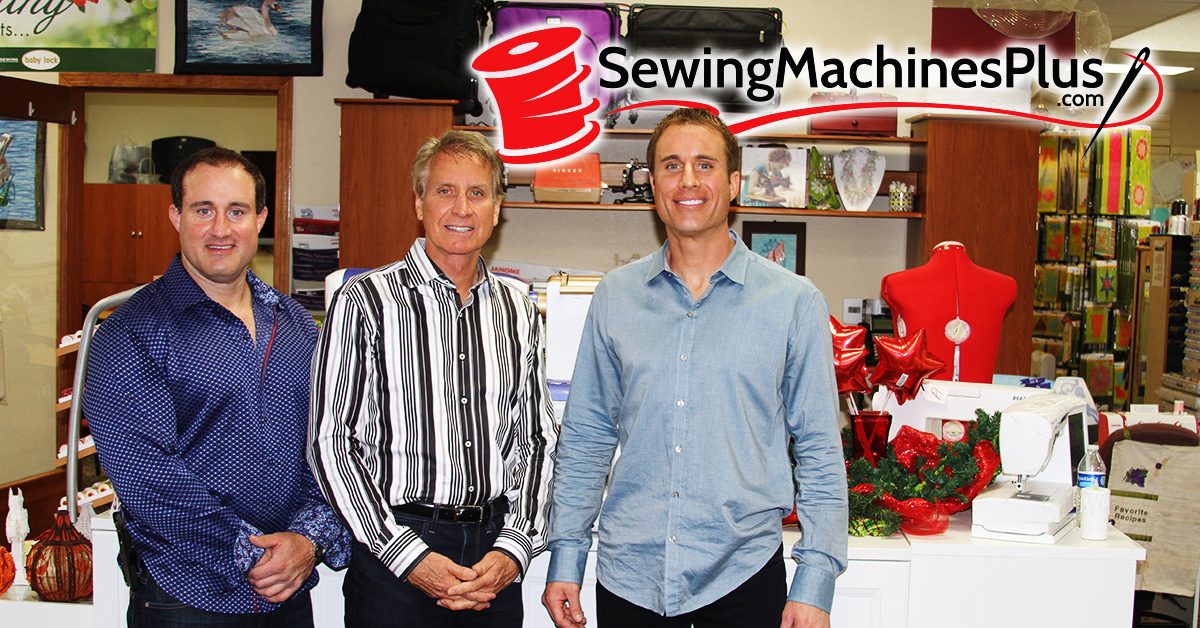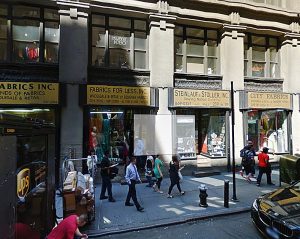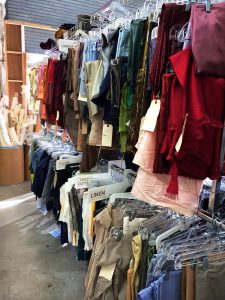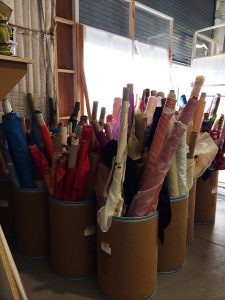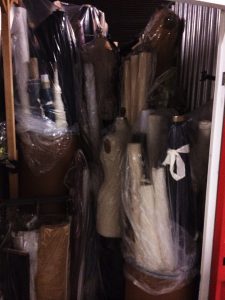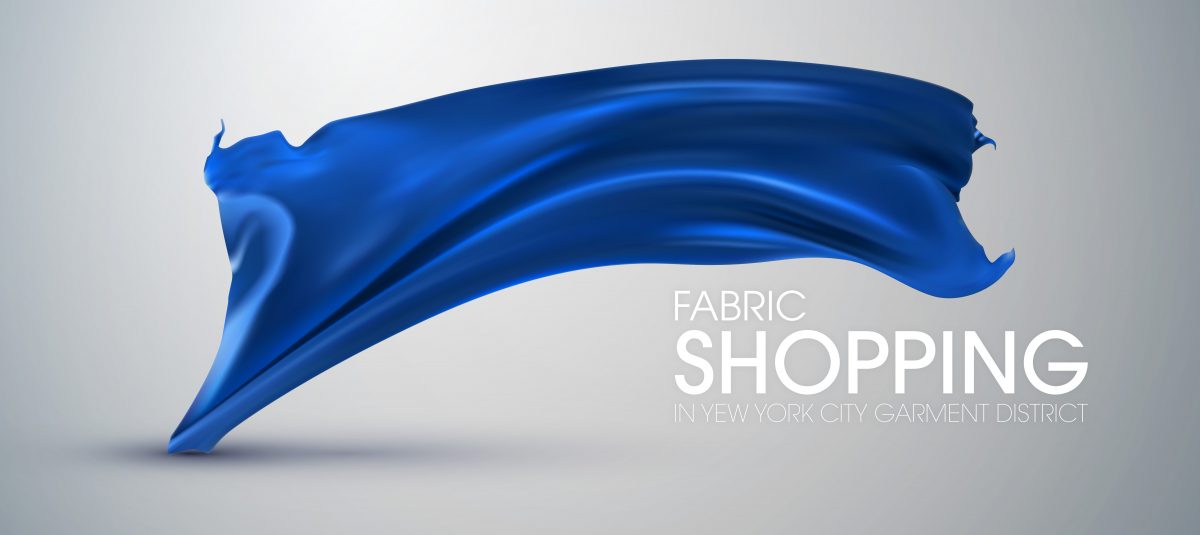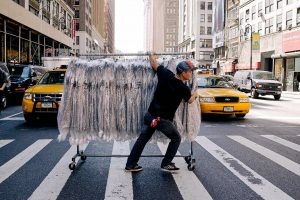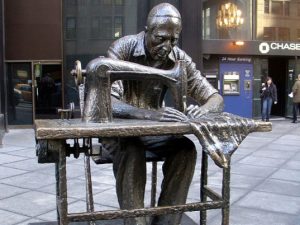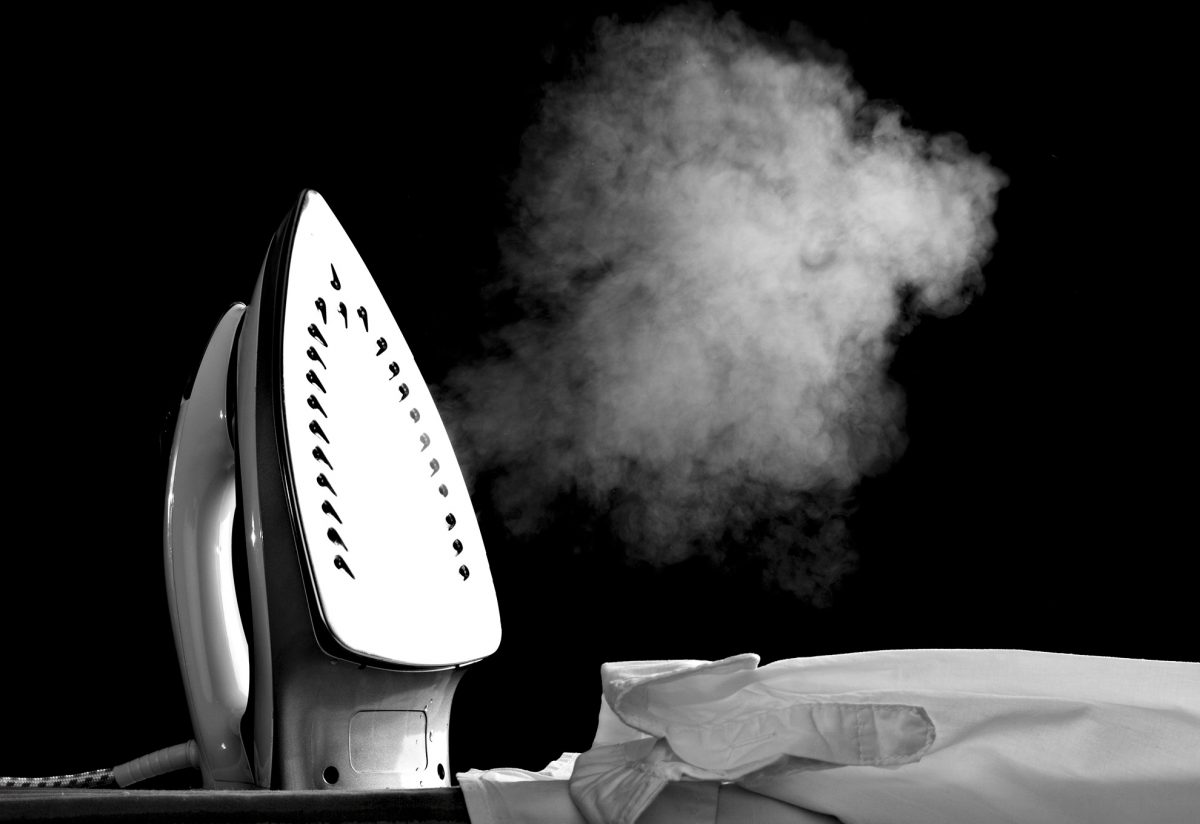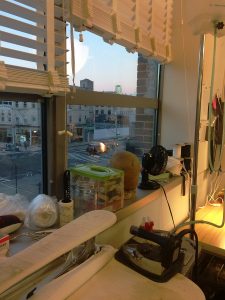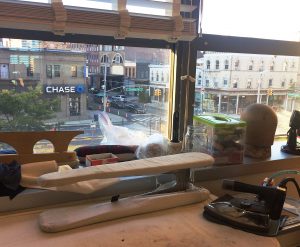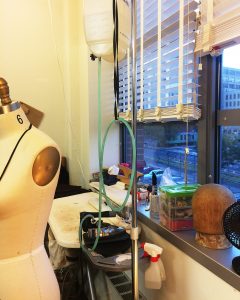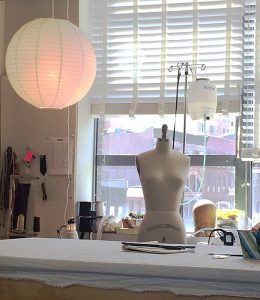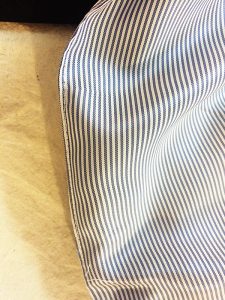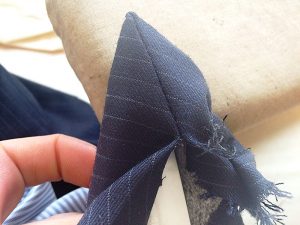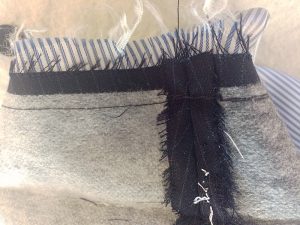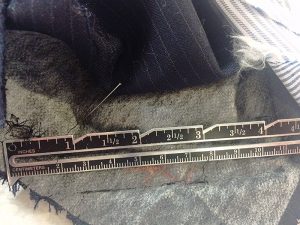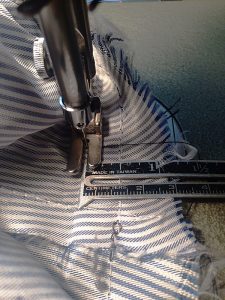One of my work colleagues is currently in the process of setting up a costume shop for a new period television show. Setting up a new shop is a pretty big job. There is so much to do and lots of decisions to make.
My colleague asked about sourcing options for rolls of muslin and whether buying online or locally in the city made more sense. I actually have some very strong opinions on the subject. I believe very much in supporting local and family owned businesses. Sewing Machines Plus is a family owned company in San Marcos, California and I am happy to contribute to their blog. If you are local to that area, or if you live in a place where sewing supplies are not plentiful, or your only choice is a big name chain store, I encourage you to check out the Sewing Machines Plus website as an alternative.
If I can make it there, I’ll make it anywhere
I happen to be lucky enough to live in New York City where there is still a garment district. In the city, it is still possible to get pretty much anything you need sewing-wise from the garment district or other local businesses, though it does sometimes take a bit more time/legwork and actually talking to a real live human in person to procure what you need.
I always get my muslin from Steinlauf and Stoller on 39th Street. It’s a small, narrow store with not much of a traditional showroom. You have to ask one of the crotchety older gentlemen behind the counter for what you need. He’ll probably grumble a bit at you and ask you what you’re making and what you need the thing for but he’ll eventually reach into some drawer or cupboard, or disappear into the depths of the storeroom and pull out the thing you need. All in all, it makes for a very authentic New York experience.
Another one of my favorite supply places in the city is Oshman Brothers in the Lower East Side. They’re a third generation family business and are always super helpful with digging out the specific supplies you’re looking for. They are, though, closed on Saturdays.
Andy’s
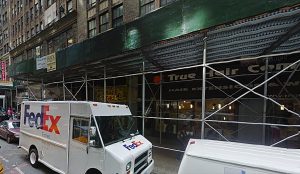
In true NYC style, Andy’s is not actually a store but rather a workshop in the back of another store (True Hair Company) at the end of a hallway lined with random dress form parts.
Andy’s dress forms is the last dress form manufacturer left in New York City. They also repair forms. Their website cautions you to call before coming by the store. In true NYC style, Andy’s is not actually a store but rather a workshop in the back of another store (True Hair Company) at the end of a hallway lined with random dress form parts. Going for a visit is always an adventure. But if you’ve been once, they are likely to recall your name and know what show, or shows you work on, and treat you like one of the family.
Another store with limited hours and a recommendation to call before stopping by. Manny’s was once one of the most magical stores in the city, with shelves stuffed full of amazing millinery trims and notions. The place used to offer a bit of a treasure hunt. Now, they are much more streamlined and organized and don’t stock as many things as they once did. Sadly, this is the result of the decreasing demand for millinery supplies and the consumer trend of shopping at big name “convenient” outlets.
The New York City garment district isn’t dead yet but it has certainly suffered somewhat of a decline, as have many family owned and run businesses in the U.S. If you can, get out and support your local fabric and sewing supply store. And if there isn’t one nearby, check out an online family owned store such as Sewing Machines Plus who still believe in the personal touch. You’ll be glad you did.

